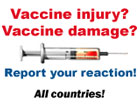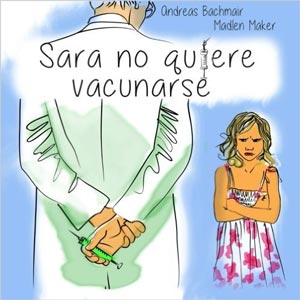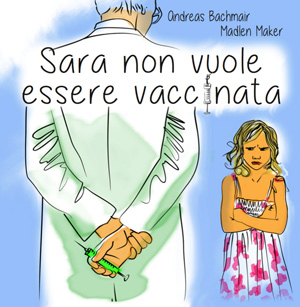HPV (Human Papilloma Virus) Disease
Pathogen
The human Papilloma viruses (HPV) can be subdevided into more than 100 different subtypes of which more than 35 can infect the human genital tract (BOSCH, F.X., DE SANJOSÉ, S.: J. Natl. Cancer Inst. Monogr. 2003; 31:3-13)
13 of the HPV-subtypes are considered to cause cancer, half of these cases are due to types 16 and 18 (BÖRDLEIN, I.: Dt. Ärztebl. 2006; 103: C-1741-3, EMEA: Europ. Beurteilungsbericht (EPAR) GARDASIL, status Oct. 2006 under: http://www.EMEA.eu.int/htms/human/epar/a-zepar.htm)
Men transmit the virus but little is known about the course the disease takes in men. Transmission does not take place via genital secretion but via infected skin particles. Thus condomes do not represent a safe barrier.
Transmission
The infection is primarily transmitted via skin contact, for certain virus types primarily by unprotected sexual contact. The HPV infection is thus one of the infections that is transmitted most often by sexual contact. Frequently, however, the transmission is not detected.
Clinical picture
HPV-infection usually has no symptoms and frequently subsides again spontaneously. >90% of all HPV infections heal spontaneously within 5 years. The infection, however, can become chronic if there are various risk factors such as smoking, oral contraceptives (anti-baby pill) or a high number of births. Dyplasia can also occur on the genital mucous membrane. In most cases the changes of the membrane remain constant or even regress over the course of time.
In some cases, however, a cervical carcinoma can develop from these preliminary stages – how this happens is not clear (BOSCH, F.X., DE SANJOSÉ, S.: J. Natl. Cancer Inst. Monogr. 2003; 31: 3-13).
Cervix carcinoma is the second most prevalent tumor in women world wide, whereby 80% of the disease occurs in third world countries. The two peaks occur when women are between 35 and 55 years of age and then again when they are 60 years and older. In this country cervix carcinoma is ranked 10th of malignant cancers, it is ranked 12th in the list of mortalities (Gesellschaft d. epidemiologischen Krebsregister in Deutschland e.V., RKI: Krebs in Deutschland, Stand 2006). In 2002, 6700 women in German contracted cervical cancer, in 1700 it was the cause of death (Dt. Gesell. f. Gyn. u. Geburtsh. (DGGG): Pressemeldung vom 16. Okt. 2006). In 2006, 184 women ages 15 to 45 years died of cervix carcinoma thus ranking 9 of the 10 most frequent causes of death in this age group (Statistisches Bundesamt: Mitteilung vom 26.10.07). Yet the manufacturer of Gardasil states that cervix carcinoma is the second most common death due to cancer in women ages 15 to 45, thus creating a false impression.
In addition, papilloma viruses cause benign diseases such as genital warts and juvenile papillomatosis, which is located in the pharynx. The assumption is that transmission occurs from an infected mother to her child.
Therapy
There is no specific papillomavirus therapy. If there are lesions, surgical procedures chemical solutions that are applied to the areas affected ma be called for. Usually the healing process starts when the lesion has been removed, even though relapses occur frequently.
Procedures:
- Lazer vaporization (Coagulation of the tissue with energy-rich lazer light)
- Cryosurgery(destruction of tissue with liquid nitrogen, nitrous oxide or carbon monoxide)
- Electrocauterization (destruction of tissue by means of heat application)
- Excision procedure (KONISATION) with a scalpel, lazer (CO2-lazer) or electric loop












